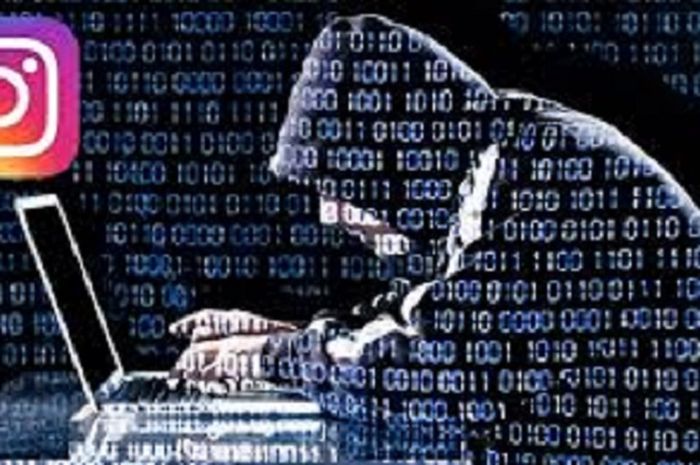More and more fraud and bank account break continue to occur, with modes that change and adapt.
Being known in the topic of " account fraud " is currently being discussed on social media.
As of Monday (20/6/2022), 9,339 Twitter users discussed the topic "Begal Account Fraud", where this topic is included in one of the trending topics on Twitter.
What is account fraud?
Account fraud is an attempt by a group of people who help each other to seize the property (in this case the account) of the victim.
Usually, the perpetrator will drain the victim's account.
Of course, this action is detrimental to society and must be anticipated so that it does not happen to us.
Characteristics of account fraud
The Financial Services Authority (OJK) has identified 4 modes of social engineering (soceng) that are similar to account fraud.
The characteristics, namely:
- The person or perpetrator begins to pretend to be a bank officer but asks for or asks for a password, PIN, MPIN, and OTP.
- The person or perpetrator asks for personal data
- Contacting customers by phone
- Contacting victims via social media accounts
- Contacting victims via email and the bank's website
- Social engineering mode or soceng
- Quoted from OJK, there are 4 modes of account fraud.
1. Info on changes to bank transfer rates
Fraudsters pretend to be bank employees and pass on information about changes in bank transfer rates to victims.
Fraudsters ask victims to fill out a form link that asks for personal data such as PIN, OTP, and password.
2. Offer to become a priority customer
Fraudsters offer advertising upgrades to become priority customers with a myriad of promotional seductions.
Fraudsters will ask victims to provide personal data such as ATM Card Number, PIN, OTP, CVV/CVC Number, and password.
3. Fake customer service account
Fake social media accounts in the name of a bank.
Accounts usually appear when a customer submits a complaint regarding banking services.
The perpetrator will offer assistance to resolve the complaint by directing it to the perpetrator's fake website or asking the customer to provide their personal data.
4. The offer to become an agent sells well
Fraudsters offer the services of being a bank savvy agent without complicated requirements.
Fraudsters will ask the victim to transfer some money to get an Electronic Data Capture or EDC machine.
For information, EDC is a payment receiver that can link between bank accounts.
In general, the shape of the EDC machine is like an old model cell phone with a small screen.
In general, the component that is inside the EDC machine is the Graphical User Interface (GUI).
Its function is to enter various data, validate the incoming data and as a tool for making reports from the analysis of the data that has been collected.
EDC machines are issued by banks and can be connected to banking servers.
EDC machine function
In more detail, the functions of the EDC machine are as follows:
The EDC machine is used as a cash swipe.
- To expedite payment transactions.
- Make it easier for consumers to make payments, because consumers do not need to carry cash.
- The EDC machine is used to make it easier for cashiers because there is no need to give change to consumers.
- Minimizing negative risks and preventing payments with counterfeit money.
- Saves a lot of time and effort for both parties.
In order to avoid account fraud, you need to remember the following steps:
1. The bank officer will not ask or ask for your password, PIN, MPIN, OTP, or personal data.
2. Check the authenticity of phone numbers, social media accounts, email addresses, and the bank's official website.
